The content of the article
The birth of a child, the postpartum period and the first months of the baby's life are a huge stress for the mother, both physical and moral. Especially if the baby is the first. Even with the most stable life situation, a woman experiences postpartum depression - the hormonal changes in the body are to blame. It seems to her that everyone forgot her, she completely fell out of life, her husband does not pay due attention to her, does not help, and at work they replaced her with more valuable personnel for a long time. The situation is temporary, but it is sometimes very difficult to survive.
In such periods, each mom finds her own way of calming and appeasing. Some people like to relax behind their favorite series, while others are trying hard to regain shape. Well, the sweet tooth calms perfectly with your favorite treats. For many women, real bliss is ice cream - fruit, chocolate, with glaze and all kinds of fillers. But if dessert is acceptable during breastfeeding and is ice cream safe in stores, is it possible to sort it out.
The danger of ice cream to a nursing mother
The diet of a woman during lactation should be extremely balanced and safe. Especially in the first six months of the baby, when breast milk is the main source of nutrition. Ice cream sold in the store is far from the most harmless product that could be consumed by breastfeeding. The danger of cold treats is as follows.
- First of all, casein is present in ice cream, which enters the product along with cow's milk. It is strictly forbidden to drink fresh milk while breastfeeding, since casein is unchanged in breastfeeding, and the baby is not able to digest these molecules - his intestines do not yet produce the necessary enzymes. Most of the casein molecules are destroyed by prolonged boiling. However, during the preparation of ice cream, milk is not boiled - only pasteurized, that is, brought to a temperature of 90 degrees, after which it is sharply cooled. This means that a lot of casein remains in the dairy product, which is not recommended for nursing mothers. Otherwise, the child may experience reactions such as bloating, severe gas formation, discoloration and consistency of the stool, the baby becomes moody due to discomfort in the tummy.
- The composition of the modern product has a lot of additional ingredients and additives that can hardly be called healthy and useful. These are emulsifiers, stabilizers, flavorings, colorants, etc. They are harmful not only for a nursing mother, but also for anyone, even a healthy person.
- Another danger of this product is a high risk of allergies. We are talking about numerous additives - fruits, honey, nuts, chocolate. All these products are considered allergens, the baby may have gastrointestinal problems, and diathesis may also develop.
- As a rule, ice cream contains a lot of sugar. Firstly, sugar is a high risk of an allergic reaction. Secondly, sugar causes fermentation processes in the intestines, which increases the formation of colic in the stomach. Thirdly, a woman does not need extra calories right now, because young mothers are trying in every possible way to get in shape after pregnancy and childbirth.
Summing up, we can say that it is not recommended to use store ice cream for women during lactation, especially in the first 4-5 months of a child's life, until his intestines are ripe and begin to respond normally to milk protein and other delicacy components. But if you want to enjoy delicious ice cream, do not rush to deny yourself this pleasure.Tasty and safe ice cream can be made independently at home.
How to make homemade ice cream?
Homemade ice cream turns out to be much more useful and rich, because for its preparation you use only fresh and high-quality products.
- For two servings of ice cream you will need 300 ml of natural milk, 150 ml of heavy cream, 90 grams of sugar, a little vanilla sugar to taste, 35 grams of milk powder and 10 grams of corn starch, which is used instead of a thickener.
- Milk should first be boiled for at least 10 minutes to get rid of casein as much as possible. We take 300 ml of ready-made, boiled and cooled milk.
- In a saucepan, mix milk powder, sugar and vanilla sugar. If the baby is prone to diathesis, the amount of sugar can be reduced or this ingredient can be eliminated completely.
- Separately, starch should be dissolved in 50 ml of milk.
- Pour the remaining milk into the dry mixture and mix thoroughly until it is completely dissolved, after which we put the composition on fire, bring to a boil.
- Then carefully pour the mixture with corn starch into boiling milk. The total mass must be stirred constantly - after a while it will become denser, a little thicker.
- Then we wait until the mixture cools down, and pour the composition into a glass cup or bowl, send it to the freezer for a couple of hours.
- Every 20-30 minutes, the composition should be thoroughly mixed so that ice crystals do not form on the surface, and the ice cream turns out to be as airy as possible.
In just two hours, the product will be ready for use. Optionally, you can add fruits, fruit juices and syrup, chocolate, cocoa, nuts, honey, sweets, waffles, etc. to ice cream. But all this can cause allergies - be careful.
The benefits of homemade ice cream
Homemade, natural ice cream is not just a tasty treat that a woman can afford, even if she is feeding her baby. It is also a valuable source of vitamins and nutrients.
- Milk in the composition of ice cream - gives the woman calcium, which contributes to the formation of the skeleton of the child, positively affects the growth and development of the baby.
- A sufficient amount of calcium helps to restore the bones and teeth of a woman, significantly improves the condition of the hair and nails of a young mother.
- Fat cream in homemade ice cream stimulates lactation, increases the amount of breast milk, makes it more oily and nutritious. Besides milk, calcium also contains phosphorus and vitamin D, which help calcium to be absorbed better and are a powerful defense against rickets and osteoporosis.
- If the child is intolerant of cow protein, use goat milk in the preparation of ice cream, it is easier to digest and does not cause a similar reaction.
And in general, sweet desserts perfectly cheer up, which is extremely necessary for a tired and exhausted woman. What could be better than putting your baby to bed and enjoying your favorite sweets with pleasure?
Remember that any products in the diet of a nursing woman should be introduced carefully, gradually, with careful monitoring of the baby's condition. You do not yet know the body of your own son or daughter, you do not know what he can react to and how to behave after this or that product. Patience and gradualness will allow you to protect your baby from colic and diathesis.
Video: is it possible for a sweet nursing mother?

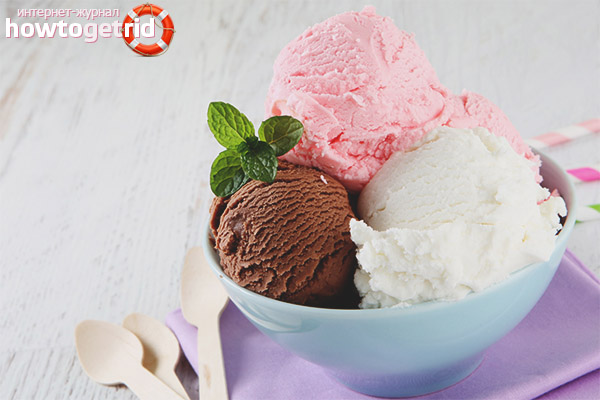
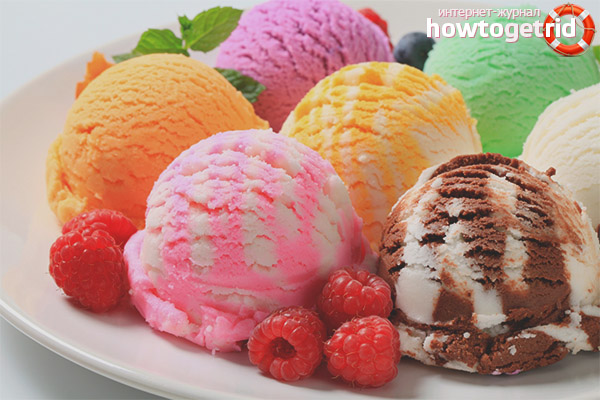
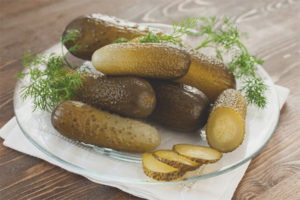
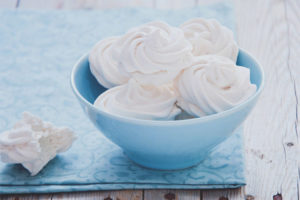
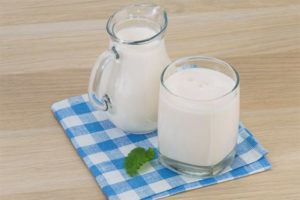
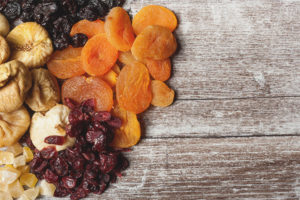
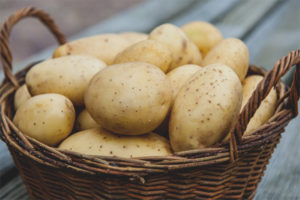

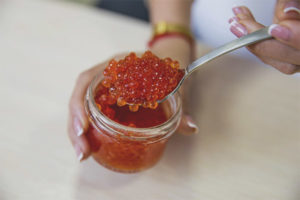
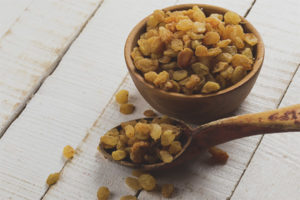
Submit